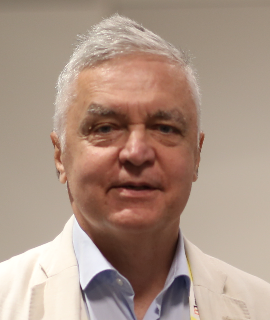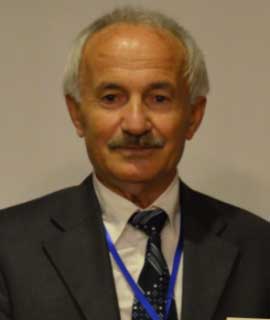Enzymes are proteins that have been folded into complex structures and are found throughout the body. Enzymes are responsible for the chemical reactions that keep us alive - our metabolism. Enzymes catalyze (speed up) chemical reactions; in some situations, enzymes can make a chemical reaction millions of times faster than it would be otherwise. Enzymes are comparable to catalysts in that they have the chemical ability to speed up reactions without changing or consuming themselves. Carboxyl group transfer, peptide linkage hydrolysis, carbon bond breaking, and the conversion of compounds to their optical isomers are examples of biological reactions.
The presence of non-protein molecules termed coenzymes is critical for enzyme catalytic function. Because cofactors are tightly attached to apoenzymes, it is impossible to separate coenzymes from apoenzymes without denaturing the enzyme proteins. Coenzymes are usually vitamins or vitamin derivatives. They can sometimes operate as catalysts in the absence of enzymes, although not as successfully as when used in combination with enzymes.
A metabolic pathway is a linked series of chemical reactions that occur within a cell in biochemistry. Metabolites are the reactants, products, and intermediates of an enzymatic reaction that are altered by a series of chemical reactions catalyzed by enzymes.
- Immobilized enzyme
- Apoenzyme
- Holoenzyme
- Chemical engineering and enzyme

Thomas J Webster
Interstellar Therapeutics, United States
Sergey Suchkov
R&D Director of the National Center for Human Photosynthesis, Mexico
Christopher Koroneos
University of Western Attica, Greece
Haibo Ge
Texas Tech University, United States
Valery P Kalinitchenko
All Russian Phytopathology Research Institute, Russian Federation
Osman Adiguzel
Firat University, Turkey
Delia Teresa Sponza
Dokuz Eylul University, Turkey
Guangnan Ou
Jimei University, China


Title : Using cells as the environmentally catalyst for nanoparticle synthesis: Killing bacteria, inhibiting inflammation, and growing tissues
Thomas J Webster, Interstellar Therapeutics, United States
Title : Personalized and Precision Medicine (PPM) as a unique healthcare model to be set up through biodesign-inspired biotech-driven translational applications and upgraded business marketing to secure the human healthcare, wellness and biosafety
Sergey Suchkov, R&D Director of the National Center for Human Photosynthesis, Mexico
Title : Chemical soil biological engineering and biogeosystem technique methodology
Valery P Kalinitchenko, All Russian Phytopathology Research Institute, Russian Federation
Title : Antibody-proteases as translational tools of the next-step generation to be applied for biotech, bioindustry and personalized and precision medical practice
Sergey Suchkov, R&D Director of the National Center for Human Photosynthesis, Mexico
Title : Shape memory phenomena and crystallographic transformations in shape memory alloys
Osman Adiguzel, Firat University, Turkey
Title : Construction of artificial metalloenzymes by protein refolding
Guangnan Ou, Jimei University, China
Title : Photoremoval of some brominated phenols (4-bromophenol and 2,4,6-tribromophenol) with reused polystyrene foam and SnO2
Delia Teresa Sponza, Dokuz Eylul University, Turkey
Title : Phenol removal from wastewater using innovative biological and industrial wastes as adsorbents
Ashanendu Mandal, University of Calcutta, India
Title : Boom of nanomaterials in environmental remediation
Vijendra Singh Solanki, Institute of Science and Research, India
Title : Process intensification for the production of 2, 2-dimethoxypropane using Fixed BED Chromatographic Reactor (FBCR)
Akash Sunilrao Shinde, Indian Institute of Technology Bombay, India